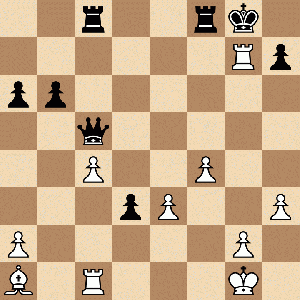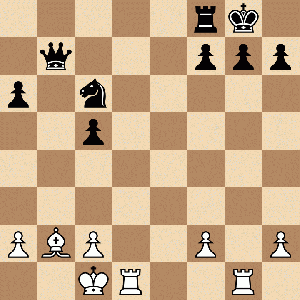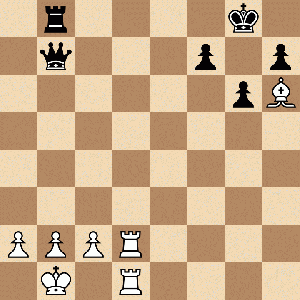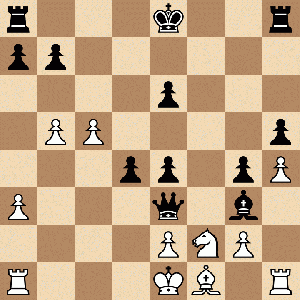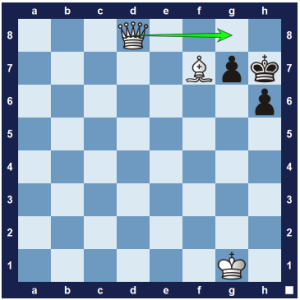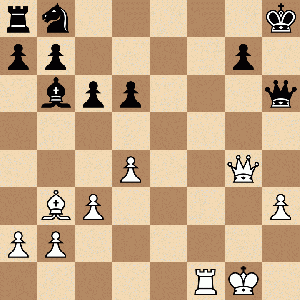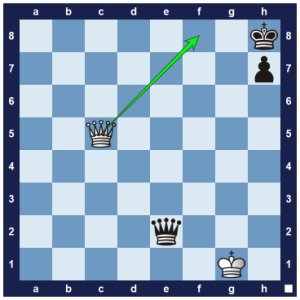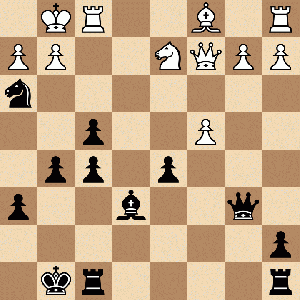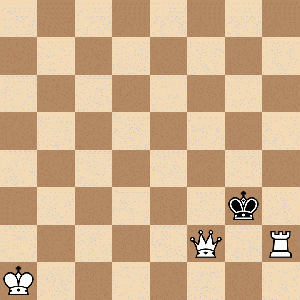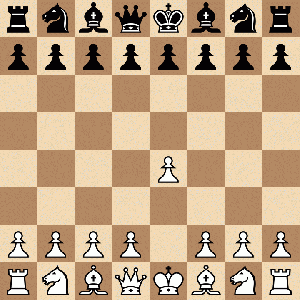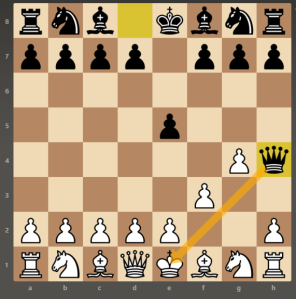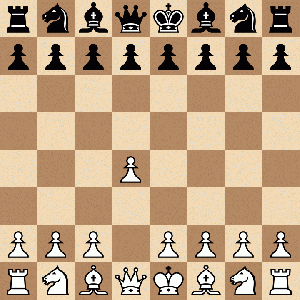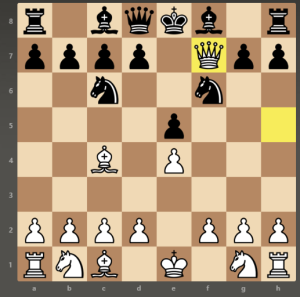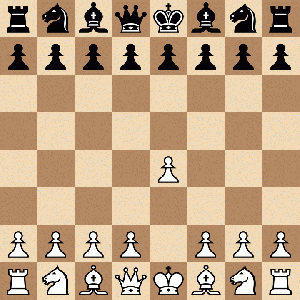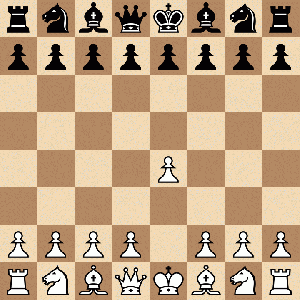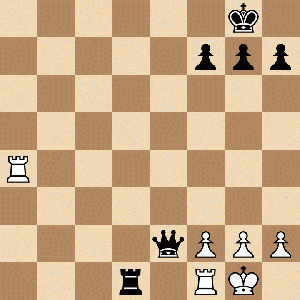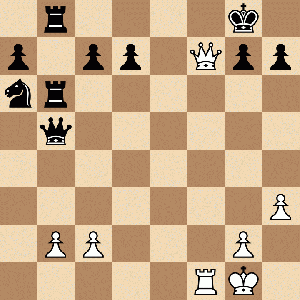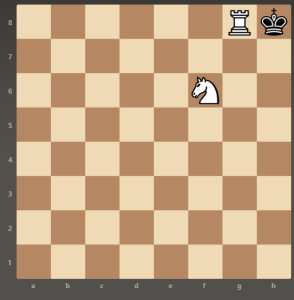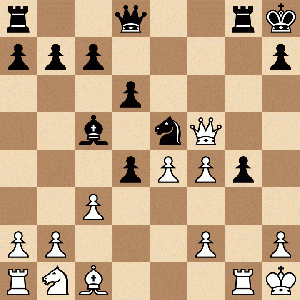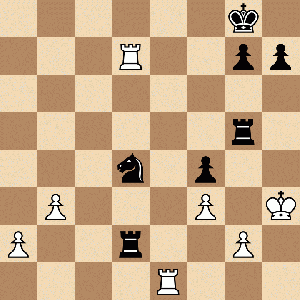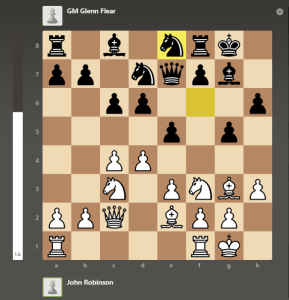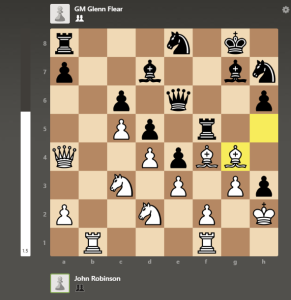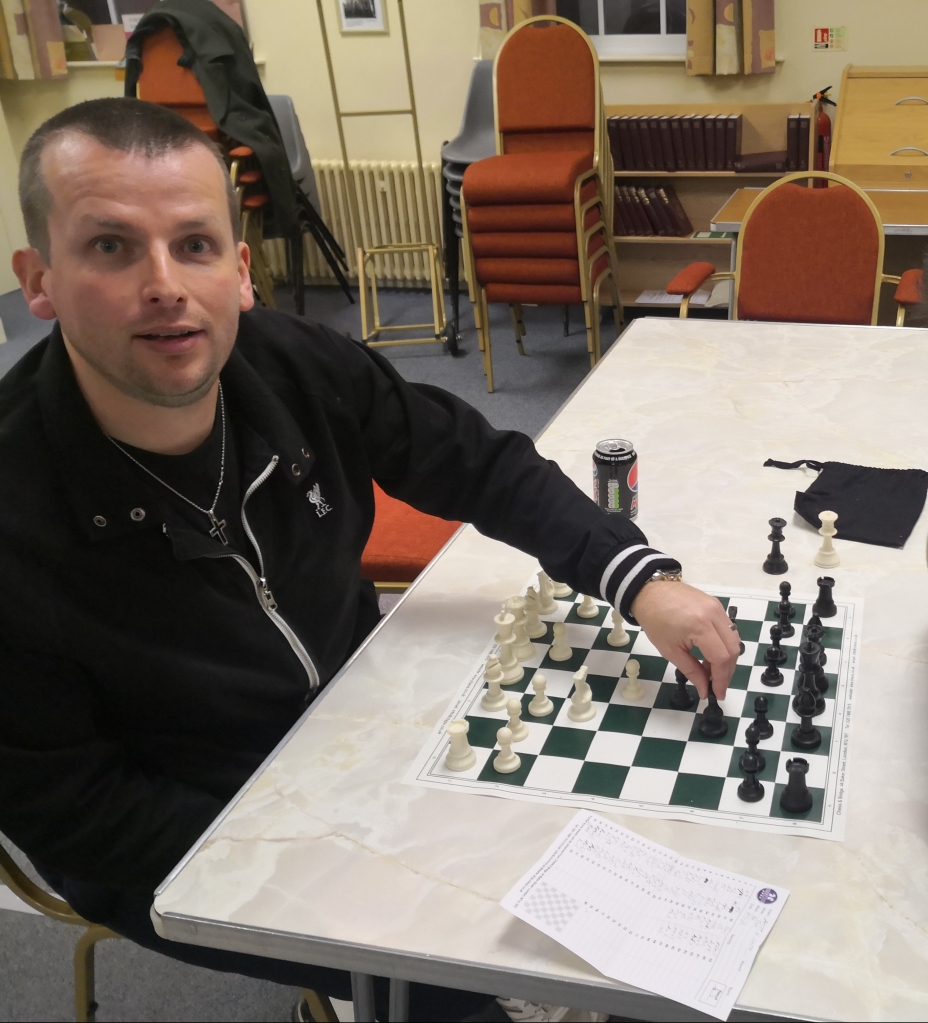Hello everyone!
The Anstey Chess Club AGM took place on Thursday 27th June at 7:30pm. Below is a record of the minutes – taken by our esteemed webmaster Boris The Toaster:
Minutes from AGM – Thursday 27th June 2024 at 7.30pm
- Attendance & Apologies
Attendance:
Ben Vaughan (BV) – chair
Borislav Lazarov (BL) – minute taker
Rob Mitchel (RM)
Aarav Sinha (ASJ)
Amit Sinha (ASS)
Mick Sandham (MS)
John Robinson (JR)
Jakub Miller (JM)
Glynn Jehu (GJ)
Julian Tarwid (JT)
Rudy Gaw (RG)
Apologies:
Matt Connor,
Mike Griffiths,
Sooraj Raju,
Reidan Minhas.
- Minutes of previous AGM – 2023
BV apologised again that the minutes from the previous two AGMs had not been shared online yet. BV also promised that the minutes from this year’s meeting along with all relevant reports and documentation will be shared online promptly after the meeting.
- Officers Reports – the following reports have been read and discussed by the meeting attendees:
- Chairman (Ben Vaughan) – BV highlighted the importance of people’s contribution to the club by playing in the different tournaments and events organised in the county and expressed the club’s gratitude to all players regardless of their results. He also emphasised the club’s fortunate position to have 30 players which is a great achievement for a club founded 6 years ago. JR and BV discussed the growing presence of the club. BV then highlighted the importance of helping juniors improve both their chess ability and character. BV addressed not playing at the summer cups this year and emphasised the importance of voting in the relevant polls. ASS mentioned that he did not due to lack of awareness about the said tournaments. RM, BL, BV and JR discussed different possible means of communication regarding future club decisions, including poll on the website and paper copies at the club. BV expressed his gratitude to JT for the idea of creating a WhatsApp group in the first place. RM mentioned that having the fixtures on the website would be helpful. BV continued reading the report and concluded with thanking captains and people helping the club.
- Treasurer (Ben Vaughan) – BV mentioned that JR has supplied the numbers sheet and highlighted that the club has made a surplus.
- Webmaster (Borislav Lazarov) – BL read his report and added a couple of points for A.O.B.
- 1st Team captain (Matt Connor) – Matt was not present, and the attendees read his report on the night. No questions were raised.
- 2nd Team captain (Ben Vaughan) – BV read his report, no questions were raised.
- 3rd Team captain (Aarav Sinha) – the attendees read ASJ’s report on the night. ASJ concluded that due to exams, he will step down from captaining the third team and all attendees thanked him for his service.
- 4th Team Captain (Oskar Rudczenko) – Oskar was not present, and the attendees read his report on the night. No questions were raised.
- Club Championship and Presentation of Trophies
- No club championship trophy was presented as the club championship is still ongoing.
- BV mentioned that the Birstall cup is staying with the club as the classical summer cups were not popular this year.
- BV presented President’s trophy to MS for his outstanding commitment to the club. BV highlighted although the club is lucky to have all the people doing their best to help, MS receives the trophy because of his consistent help with setting up the tables on the many match evenings at the venue. BV emphasised that although this work is not flashy like the work BL has done with the website but actually helps a lot.
- Club Annual Subscriptions
- The below changes were highlighted by BV and he also confirmed that the fees for the incoming year stay the same.
ECF fees have merged Silver and Gold Membership, and Bronze level is now £20, instead of £18. Gold membership is now £35.
Junior fees are £6 for bronze level and £12 for gold level. Bronze is used for league chess.
- Full membership – £70
- Concession (over 65/student) Membership – £45
- Junior (Under 18) – £36
- Social – £20
Please note that your annual membership for the 2024/25 league/summer season is due on 1st September.
**Members who pay their own ECF fees directly can deduct the relevant amount from their subscription.**
Ideally, we will have all payments by latest 30th September 2024
- 2024-25 Season:
- Number of league teams and divisions to be entered – BV proposed six teams (five Anstey teams and one Anstey Juniors team) as an initial number to enter the league competition, however, he highlighted that it is too early to make a final decision as the number of divisions is not finalised by the LMS committee. BL opposed the Juniors team label and BV agreed to instead aim for six Anstey teams for the new season. It was mentioned that the minimum number of match boards in both division 1 and 2 will be five from next season. JT asked about member count and BV confirmed that the number is 30 at the moment.
- Club Championship arrangements – the club championship was not contested on the meeting.
- Date of next AGM – too early to be decided and left for further communication.
- Election of Officers:
- BV mentioned that it is too early for elections and it will be done later in the summer.
- BV requested any volunteers to be team captains to contact him.
- AOB?
- BV mentioned that he will put together a formal club committee.
- BV mentioned the need for people to help around the venue.
- JR asked about any changes in the venue fees, BV confirmed that the fees have not changed, and he would rather “not shake the tree”. He also confirmed that the club pays around £20/night for the venue.
- RM proposed that players notate during friendly games at the club to set an example for the juniors in the club.
- BV mentioned that the surplus of the budget is probably going to be used for the purchase of clocks and scoresheets.
- BL showed visible and audible frustration with the fact that no new suitcases for the clocks will be purchased.
- MS raised the potential for receiving assistance from LRCA with the clocks, and BV confirmed that he will chase it up.
- ASJ asked about teaching juniors, especially with Alan Agnew joining the club. BV mentioned that Sooraj will hold a training session for juniors and anyone else interested later in the summer. He also mentioned that plans are afoot for sorting out other activities, to be confirmed soon.
- ASJ mentioned Reddit and the lack of reports. BL suggested having a web team while JT proposed to do a bare minimum of reports to keep the interest without expending copious amounts of time and effort. To be decided.
- ASJ mentioned disparity in the teams and BV confirmed that the DTS will be enforced in the next season.
- JR asked whether the AGM for the league has been carried out yet, and BV confirmed that it has.
- JT asked about the Anstey Gala, and BV confirmed that the club will be looking to participate again.
- BV thanked all attendees for their contribution.
- RM asked about the team meeting in the league. BV confirmed that it will be in August, and he will be in touch further down the line about number of teams. He emphasised again the need for team captains but also confirmed that he is happy to captain all if needed. RM followed up querying whether any information regarding the commitments from players has been received and BV confirmed that he will check with all players, especially with juniors.
- RG asked whether we continue to post articles in the Your local magazine and proposed that we put puzzles of our games in there, also on the website and in the WhatsApp group.
- BL to send visualisation puzzles in the WhatsApp group.
- BL and BV to set up a WhatsApp community.
- BV thanked all attendees again and expressed hope for the future success of the club. JR and RM seconded BV in his hopes.




